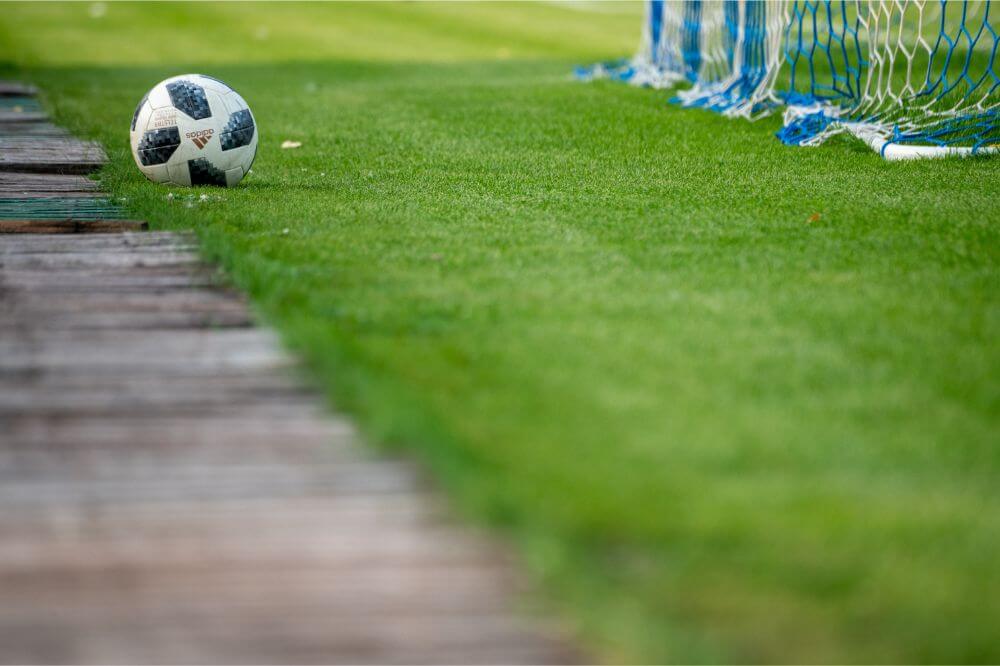Soccer has many fans all over the world and many enjoy this sport better than basketball. This is 90 minutes of pure adrenaline and excitement, thus it has captured the attention of many sports fans world-wide.
The game is undertaken by over 220 million players all over the globe in more than 200 countries, thus it is considered as the world’s most popular sport. There is nothing more global than soccer. However, soccer is nothing without its primary ingredient, the soccer ball.
Its history dates back hundreds of years, with FIFA saying the game was practiced in China during the Han Dynasty. The ball that is utilized in the soccer matches was adapted from the rugby ball. The sport became so popular that individuals who enjoyed the game thought of improving the ball itself to make it more suitable to the conditions of the game.
What is an improved soccer ball made of then? Today, soccer balls are primarily made from rubber material. Hence, we all have to thank Charles Goodyear for bringing us the wonder of the material. Charles Goodyear is responsible for establishing the Goodyear Rubber Company, a firm famous for manufacturing rubber products from tires down to the popular Goodyear Blimp.
The man’s biggest contribution to the industry was his launching rubber and this led to him designing and creating the first vulcanized soccer ball in 1855.

But before the arrival of rubber soccer balls, the items were composed of leather strips that were sewed all over an inflatable bladder. The leather worked decently, but it easily succumbed to wear and tear due to the stress it undergoes during a game. It was not water-resistant as well. With the introduction of leather, the ball made from rubber was lighter, quicker, long-lasting and could tolerate plenty of stress.
Through the years, the ball has transformed and was upgraded constantly. As a matter of fact, massive engineering procedures and experimenting is credited with the overall design of soccer balls. There is huge money invested into this to guarantee that players will get to play the game without any hassles. Even the soccer ball model that Goodyear created is now considered a relic.
However, the man’s involvement in the history of the game is incontestable and essential to the general improvement of the game. Without his contribution, the sport could not have progressed the way it did. His input of engaging rubber in the production of the ball from the rubber blade located within the panels down to its external parts is an important facet in the history of the sport.
The first soccer ball was provided with a buckyball layout with 20 hexagonal shapes in white and 12 standard hexagonal shapes in black. This 32-panel design has turned into the benchmark for soccer balls. The selection of black and white coverings is for the ball to be seen clearly through a field of green, particularly on television airing.
There are plenty of soccer balls varieties. There are balls that are employed for kids’ tournaments and balls used for local games. These are made from artificial materials with just one layer. Items made from leather are also available, but they are more expensive.
Soccer balls come in a variety of weights as well; one can play with a lightweight or a heavier ball. There are also lots of new methods made known in the ball’s design in order to make the whole thing niftier.
Balls for soccer games today are made with even more layers. Adidas, in fact, created a soccer ball with a foam layer beneath the leather covering years back. The balls are manufactured cautiously so that the ball will be capable of moving fast and can swirl while moving in line with the force given to it.
Rotating kicks lead the ball to spin and move in a quick manner. The materials and the design utilized in constructing the ball settle its movements and efficiency during the game.
Now that you are familiar with the history and the workings of the soccer ball, you will begin to appreciate the game even more.
